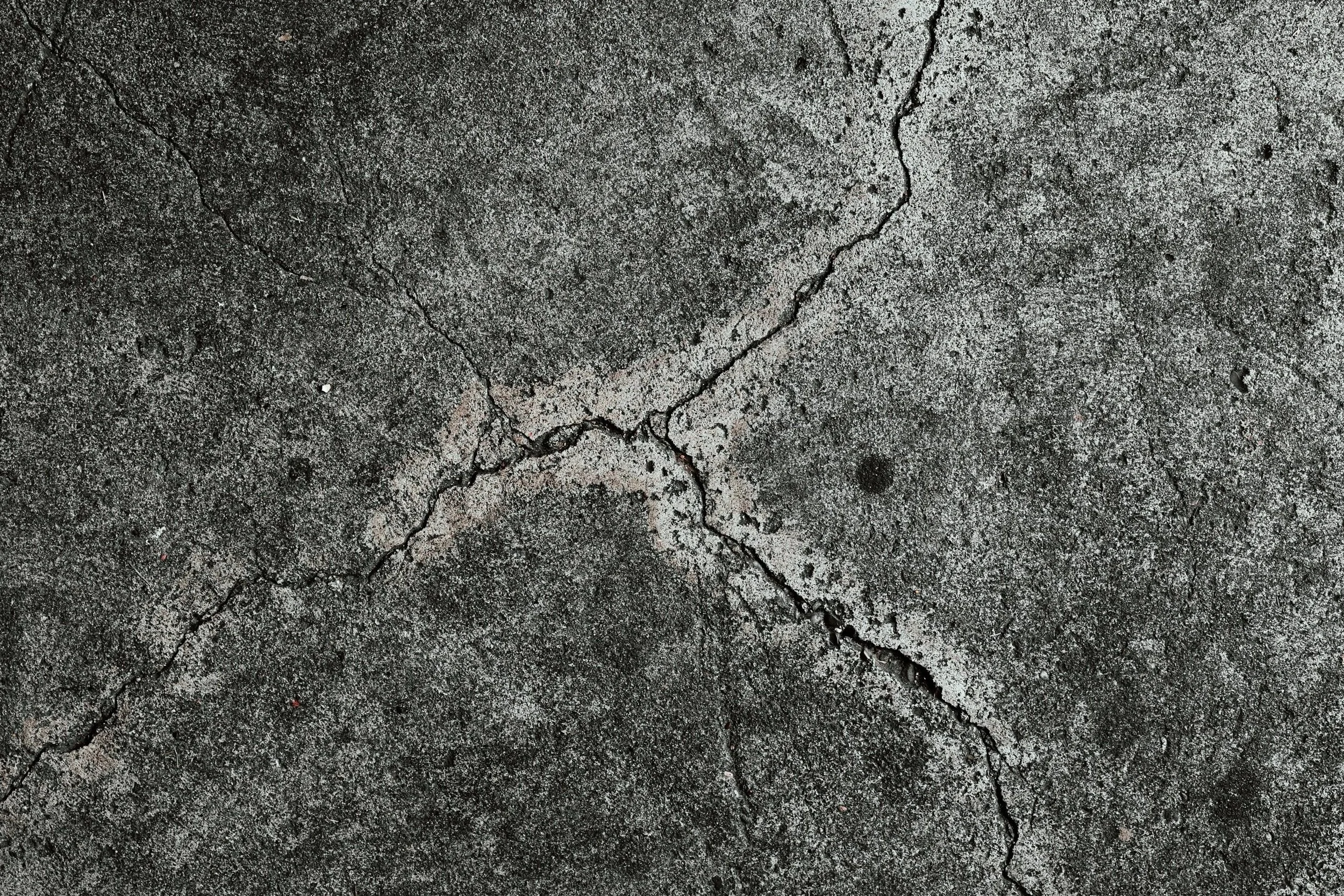Concrete Overlay Systems
Updated November 2025
A guide covering all your questions about concrete overlay systems, and why they’re becoming an increasingly popular flooring choice among designers, builders and home owners. If you want to book in a concrete resurfacing project in Melbourne, enquire with our team for a free quote.
What is a concrete overlay system?
A concrete overlay system is a thin cementitious coating that is applied directly over an existing concrete slab. While most traditional overlay systems can only go over concrete, our X-Bond overlay system can be used to resurface a wide range of other substrates including tiles, opening up a world of possibilities for renovators and new home builders. We have another option, Quartz Carpet, for clients who want a textured stone coating that withstands heavy foot and vehicle traffic.
A concrete overlay would be required usually for repair or decorative reasons. You may not like the colour of the concrete, there may be inconsistency and imperfections in the slab, there may be visual damage from trades and works that have taken place, or you may have cracking.
The beauty about an overlay system like X-Bond is that you can still achieve a seamless concrete-looking aesthetic on your floor.
Does a concrete overlay last?
There are many different concrete overlay systems on the market, and all products have a different lifespan depending on the quality of the product, quality of the sealer and the skill of the tradesman. It’s important to note that an overlay system is only as good as the substrate it’s being applied over, which means that if there is a lot of movement throughout your concrete slab, this can transfer through to your concrete overlay by way of hairline cracks — unless your applicator takes the right measures to counteract this.
X-Bond is one of the most advanced concrete overlays on the market today. Developed by a team of surface engineers in the United States, it’s flexible yet strong, designed to resist cracking and wear & tear. It has been successfully installed to concrete floors in residential and commercial projects for over 25 years.
How do you buy a concrete overlay system?
A concrete overlay system should be purchased and installed by a professional applicator — usually a concreter, renderer, or other flooring material expert. Concrete overlay systems usually consist of some kind of stone or cement, liquid adhesive polymer, and colour pigment. Our X-Bond Microcement system is hand trowelled over your existing concrete slab at a minimal thickness (usually 3mm thick) and formulated with advanced molecular bonding technology for lasting adhesion, compared to similar products.
How long does it take concrete overlay to dry?
For a concrete overlay system like X-Bond, it takes 24 hours after the last coat of sealer for the surface to be able to be walked on with protection. We recommend walking with socks during this time and also protecting your floor as the product will still be curing for a total of 7 days.
Do concrete overlays crack?
Concrete overlays can crack. Being an overlay system, it follows the existing substrate — which means that movement in the concrete slab can transfer through to the X-Bond and create hairline cracks. To avoid cracking, we use an anti-fracture membrane during the preparation stage to minimise the risk of fracture transfer. Another precaution that can be taken to minimise the risk of cracking is placing saw-cuts where there is an existing expansion joint to allow for movement.
Can you overlay over cracked concrete?
We can install our overlay systems over cracked concrete, however there are a number of things to know beforehand.
Overlaying cracked concrete doesn’t guarantee that the cracks won’t appear through the new overlay system. Overlay systems follow the existing substrate which means that cracks can still appear through your overlay.
If there is bad cracking, or expansion joints, usually a saw cut or profile can be placed in these areas to allow for movement, assisting in minimising the risk of cracks appearing through your overlay.
There are many different overlays on the market, and you will want to ensure you’re using a durable, quality overlay like X-Bond Microcement or Quartz Carpet.
An anti-fracture membrane may be recommended by your installer to mask any existing cracks. To find out more about how the anti-fracture membranes work, feel free to contact us here.
How thin can a concrete overlay be?
Concrete overlays are applied at a minimal depth, typically between 2-4mm thick. This means they won’t impact the weight or height of your existing concrete slab, which is great news if you have structural concerns.
Are concrete overlays durable?
Ultimately, concrete overlays are not as strong as a concrete slab as they are a much thinner coating, however they’re still very durable and pass all strength tests for use on internal & external flooring with high levels of foot traffic and vehicular traffic. This also comes down to the sealer that is used to protect the concrete overlay system. Alternative Surfaces use an industrial strength sealer called ‘Satin Stone’ which is water-based and provides lasting resistance to stains, mold, and de-lamination in residential and commercial applications.
-
As mentioned, applying microcement over cracked concrete doesn’t guarantee that the cracks won’t appear through the new overlay system.
If the existing concrete base is unstable, our applicators will asses the best course of action to ensure the longevity of your new finish.
-
Concrete overlays can be a much better investment than demolishing and re-laying a slab. They allow you to completely transform the look, performance, and lifespan of your existing concrete without the cost, disruption, or environmental impact of starting from scratch.




